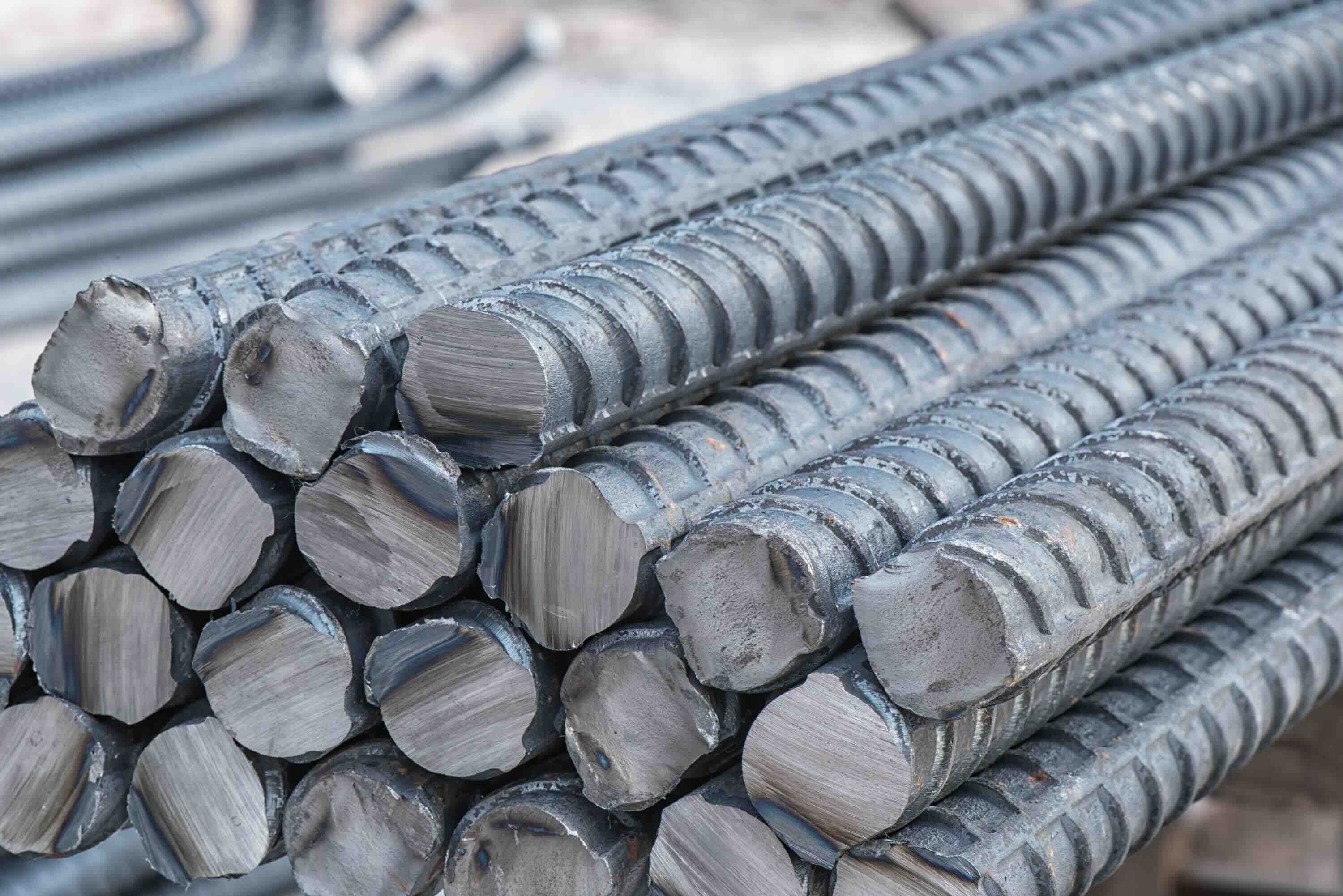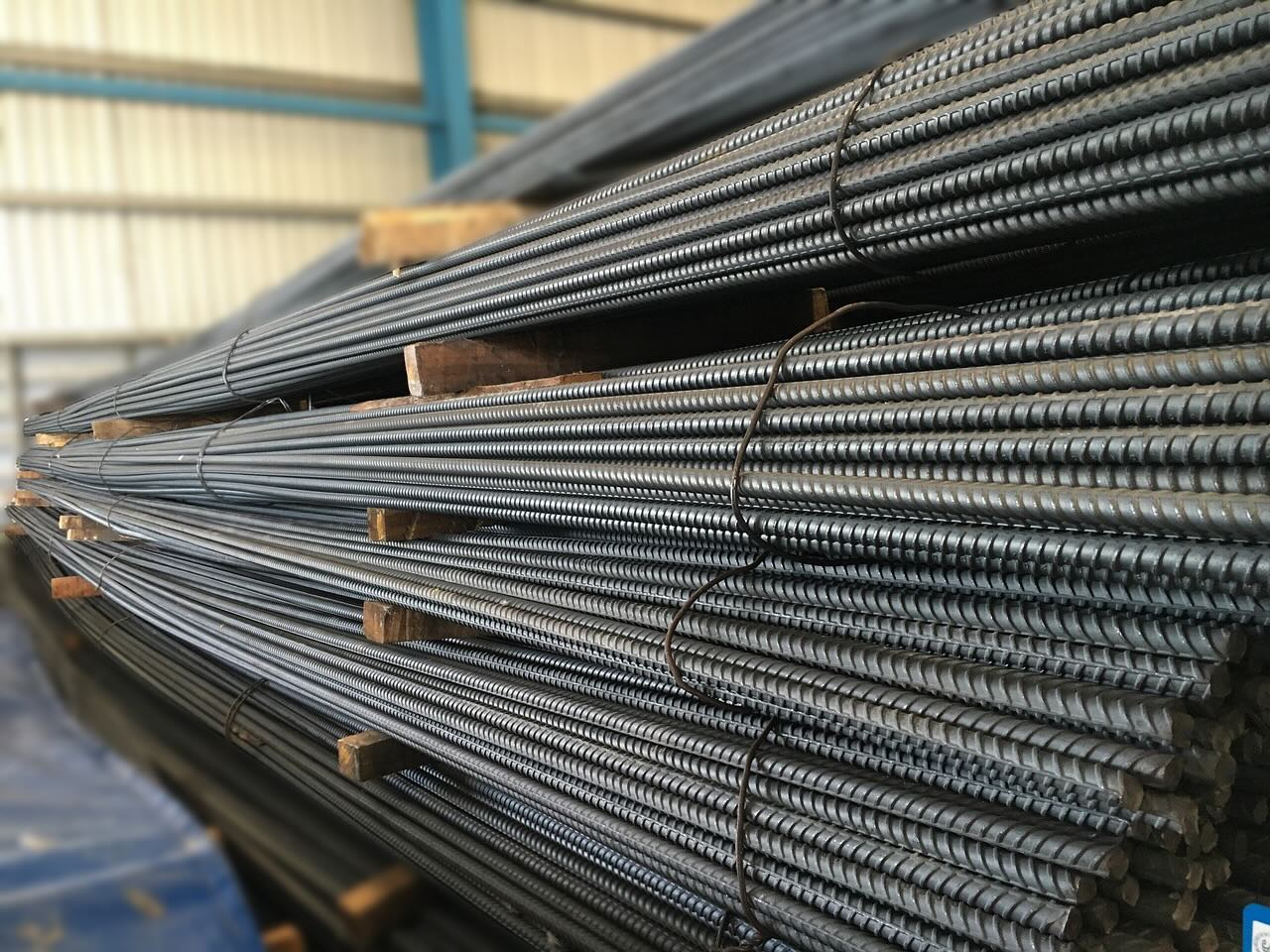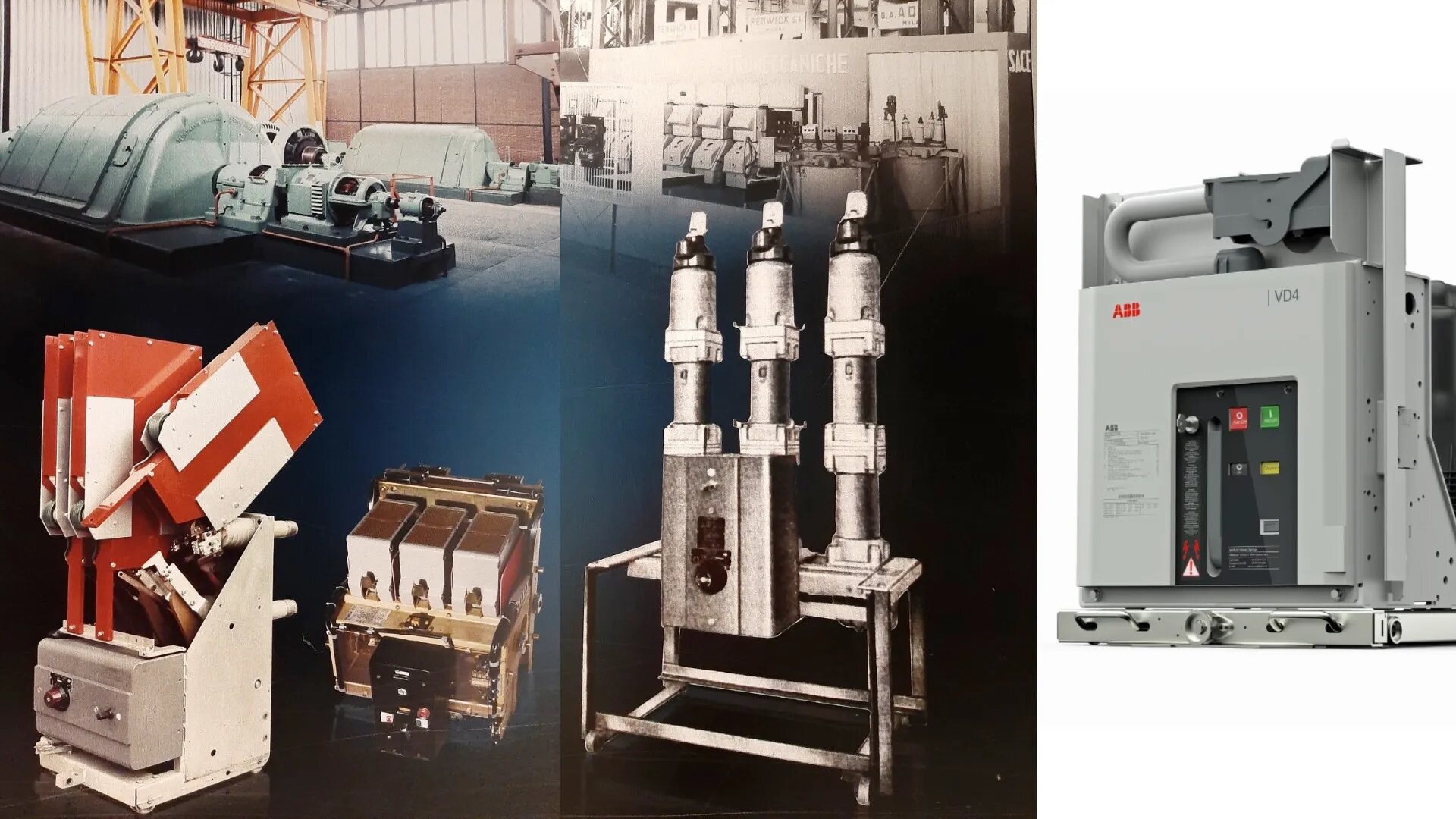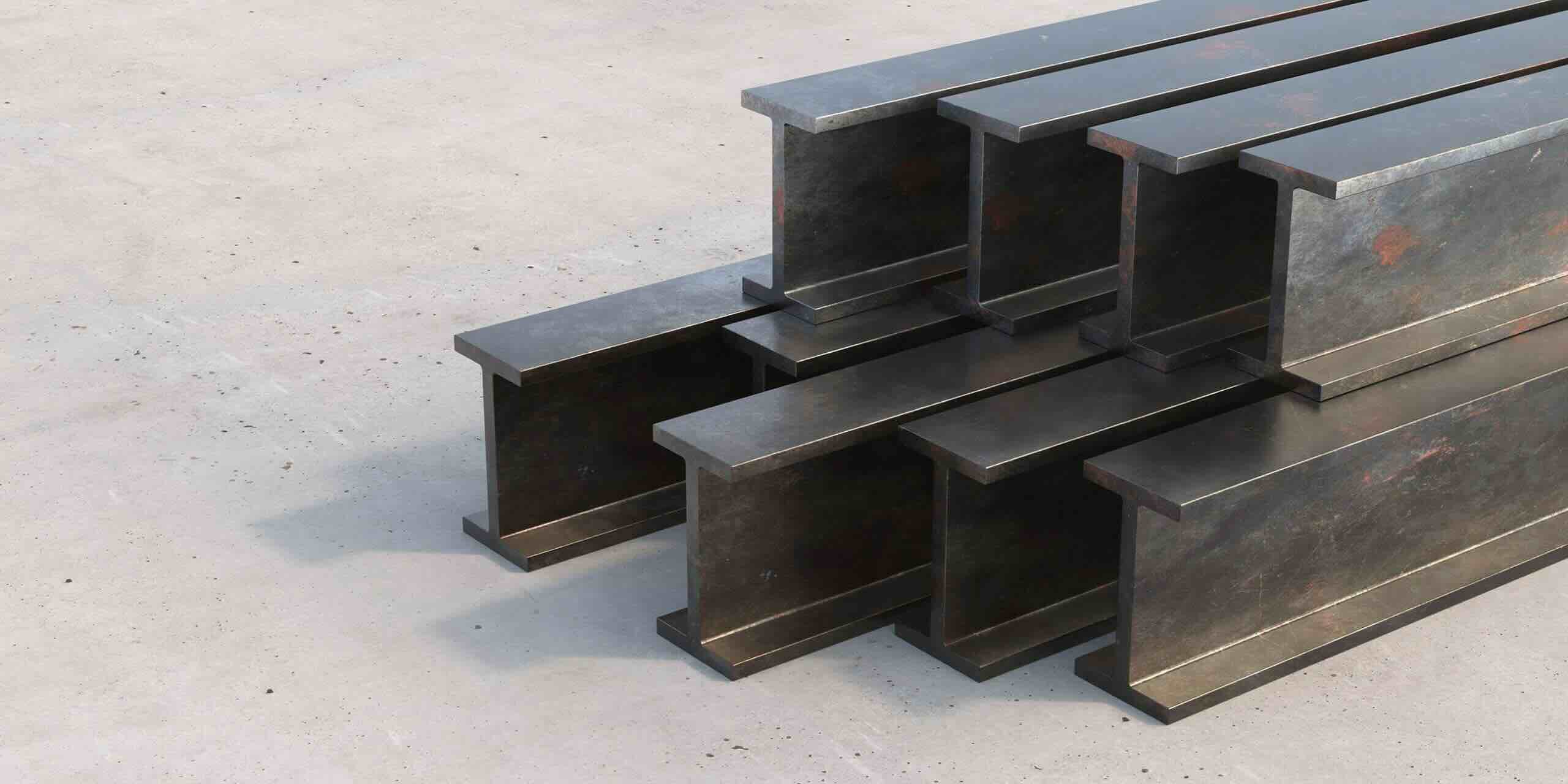Home>diy>Building & Construction>When Was Steel First Used In Construction


Building & Construction
When Was Steel First Used In Construction
Modified: February 28, 2024
Learn about the history of steel in building construction, including when it was first used and its impact on the industry.
(Many of the links in this article redirect to a specific reviewed product. Your purchase of these products through affiliate links helps to generate commission for Storables.com, at no extra cost. Learn more)
Introduction
Construction has been an integral part of human civilization for thousands of years. From ancient structures made of stones and bricks to modern skyscrapers reaching for the sky, the evolution of construction materials has played a vital role in shaping our built environment. One such material that has revolutionized the construction industry is steel. With its exceptional strength, versatility, and durability, steel has become a cornerstone of modern construction.
In this article, we will explore the origins of steel in construction, its journey through history, and the significant impact it has had on the field. From ancient times to the present day, steel has proved to be a game-changer in the construction industry, revolutionizing the way we build structures.
Key Takeaways:
- Steel’s use in construction dates back to ancient civilizations, with early recognition of iron’s strength paving the way for the development of steel. The Industrial Revolution propelled mass steel production, revolutionizing architecture and engineering.
- Steel’s impact extends beyond skyscrapers, influencing infrastructure development with its strength, durability, and resistance to corrosion. Its versatility, recyclability, and resistance to pests and natural elements contribute to sustainability and longevity in construction.
Read more: When Was Silverware First Used
Ancient Times
In the realm of construction, the use of steel dates back to ancient times. Although not in its modern form, early civilizations recognized the strength and durability of iron, a precursor to steel. The ancient Egyptians, for instance, utilized iron tools and implements in the construction of their iconic pyramids.
However, it was the Hittites, an ancient civilization in Anatolia, who are credited with laying the foundation for the production of steel. They developed a process called “crucible steel-making,” where iron ore was heated in a crucible with carbon-rich materials such as charcoal to create a higher carbon content in the resultant material.
Another remarkable early example of steel usage is found in the ancient Indian practice of manufacturing Wootz steel. This high-carbon steel precursor was renowned for its exceptional strength and sharpness, making it ideal for weaponry.
Throughout the ancient world, iron and its alloys were gradually developed and utilized in construction projects, serving as reinforcing bars for structures and providing additional strength and stability. However, it wasn’t until the Industrial Revolution that the mass production of steel changed the face of the construction industry forever.
Industrial Revolution
The Industrial Revolution, which began in the 18th century, marked a significant turning point in construction history. It was during this era that advancements in manufacturing and technology paved the way for the mass production of steel. This newfound ability to produce large quantities of steel at a lower cost revolutionized the construction industry.
One of the key figures in this industrial transformation was Sir Henry Bessemer, an English inventor. In the 1850s, Bessemer developed a process known as the Bessemer converter, which allowed for the mass production of steel by efficiently converting pig iron into steel. This innovation drastically reduced the cost of steel production, making it more accessible for various construction applications.
With the availability of affordable steel, architects and engineers began incorporating it into their designs on a large scale. The unparalleled strength and versatility of steel allowed for the creation of lighter yet more robust structures. This led to the emergence of innovative architectural designs and engineering feats during the Industrial Revolution.
Marveled as the symbol of this industrial era, the Eiffel Tower stands as a testament to the capabilities of steel in construction. Completed in 1889, this magnificent structure showcased the potential of steel to create towering structures that could withstand tremendous forces.
The widespread use of steel during the Industrial Revolution also impacted other areas of construction, such as transportation infrastructure. Steel railways and bridges became increasingly common, introducing a new era of connectivity and transforming the way people and goods were transported.
As the industrial capabilities of steel production improved, so did the construction industry’s reliance on steel. This opened up new possibilities and fueled further innovation, setting the stage for the rise of modern architecture and engineering in the 20th century.
Skyscrapers and Modern Architecture
The advent of steel in construction played a pivotal role in the development of skyscrapers and modern architecture. With its unparalleled strength and flexibility, steel became the go-to material for constructing tall buildings that defied gravity.
The birth of the modern skyscraper can be traced back to the late 19th century when advancements in steel construction techniques allowed for the creation of taller and more structurally sound buildings. Architects and engineers began to utilize steel frameworks, known as skeletons or skeletons structures, to support the weight of tall buildings.
One of the earliest examples of a steel-framed skyscraper is the Home Insurance Building in Chicago, completed in 1885. Designed by William Le Baron Jenney, this ten-story structure revolutionized the construction industry by employing a metal skeleton structure, paving the way for the skyscrapers we know today.
As the technology improved, the use of steel in construction became more prevalent, enabling even taller and more daring architectural designs. The Empire State Building, completed in 1931, is a prime example of the integration of steel in skyscraper construction. Standing at an impressive 1,454 feet (443.2 meters), this iconic landmark in New York City showcased the extraordinary heights that steel-framed structures could reach.
Steel not only allowed for the construction of towering skyscrapers, but it also offered architects greater design freedom. With steel’s strength and malleability, architects could create structures with wide-open spaces, large windows, and intricate facades. This flexibility in design led to the emergence of the modernist architectural movement, characterized by sleek lines, functional spaces, and innovative materials.
Additionally, steel’s fire-resistant properties made it an ideal material for high-rise construction. The incorporation of fireproofing materials further increased the safety and durability of steel-framed buildings, assuring occupants of their structural integrity.
Modern architecture owes much of its transformative nature to the use of steel. From iconic skyscrapers to innovative residential complexes, steel remains an integral component of architectural design, offering strength, versatility, and aesthetic appeal.
Steel was first used in construction during the 18th century, with the construction of the Iron Bridge in Shropshire, England in 1779 being one of the earliest examples of its use.
Steel in Infrastructure
Steel’s influence extends beyond skyscrapers and modern architecture. Its impact on infrastructure development cannot be overstated. From bridges to highways to stadiums, steel plays a crucial role in creating durable and efficient infrastructure.
One of the most prevalent uses of steel in infrastructure is in bridge construction. Steel’s high tensile strength allows for the creation of long-span bridges that can withstand heavy loads and harsh environmental conditions. Suspension bridges, cable-stayed bridges, and truss bridges all rely on steel to provide the necessary structural support and stability.
Steel’s durability and resistance to corrosion make it particularly well-suited for applications in maritime infrastructure. Ports, docks, and harbors rely on steel pilings, sheet piles, and structural components to withstand the challenging marine environment. Steel also finds extensive use in the construction of offshore oil rigs, ensuring the stability and safety of these structures in harsh offshore conditions.
Highways and transportation systems also benefit from the use of steel. Guardrails, sign structures, and traffic light poles are often made from steel due to its strength and cost-effectiveness. Additionally, steel-reinforced concrete is commonly used in the construction of bridges, tunnels, and overpasses, enhancing their structural integrity and longevity.
Other infrastructure projects that utilize steel include sports stadiums and arenas. Steel’s flexibility allows for the creation of grand, open spaces without the need for obstructive columns. It also enables architects to design unique, visually striking structures that can accommodate the large number of spectators.
Furthermore, steel is an essential component in the construction of water and wastewater treatment plants. Steel tanks and pipes provide the necessary storage and transportation infrastructure for clean water supply and sewage systems.
In essence, steel’s versatility, durability, and strength make it a vital material in the development of infrastructure projects. Its ability to withstand heavy loads, resist corrosion, and endure extreme weather conditions ensure the longevity and functionality of these essential structures.
Read more: When Was Stucco First Used
Steel’s Impact on Construction
The integration of steel into the construction industry has had a profound impact on the way structures are designed, built, and maintained. Steel’s unique properties have revolutionized the construction process, resulting in numerous benefits and advancements.
One of the most significant impacts of steel is its exceptional strength-to-weight ratio. Compared to other construction materials such as wood or concrete, steel offers a much higher strength capacity while being relatively lightweight. This allows for the creation of large, open spaces without the need for excessive columns or support structures. Architects and engineers can design buildings with expansive floor plans and soaring ceilings, maximizing interior space and offering more flexibility in interior design.
Steel’s versatility extends beyond its structural capabilities. It can be shaped, molded, and fabricated into various forms, making it suitable for complex and innovative designs. From intricate facades to sweeping curves, steel provides endless possibilities for architectural expression, pushing the boundaries of what is achievable in construction.
Moreover, steel’s durability and resistance to fire and corrosion contribute to the long-term sustainability of structures. Steel-framed buildings have an inherent fire-resistant quality, reducing the risk of structural failure in the event of a fire. Additionally, steel’s resistance to rust and decay makes it less susceptible to damage caused by natural elements, ensuring a longer lifespan for buildings and infrastructure.
The speed of construction is also profoundly influenced by steel. The prefabrication capabilities of steel components allow for faster assembly and installation on-site. This results in shorter construction times, minimizing disruptions to surrounding areas and reducing overall project costs.
Steel’s recyclability is another crucial aspect of its impact on construction. It is one of the most recycled materials in the world, making it an environmentally friendly choice. Recycling steel reduces the need for raw material extraction and conserves energy, making construction practices more sustainable and reducing the industry’s carbon footprint.
Furthermore, steel’s inherent qualities contribute to the safety of construction projects. Its strength and stability ensure the structural integrity of buildings, bridges, and other structures. Steel is also resistant to pests, such as termites and rodents, reducing the risk of structural damage over time.
In summary, steel has had a transformative impact on the construction industry. Its strength, versatility, durability, and sustainability have revolutionized the way structures are designed, improving safety, efficiency, and architectural possibilities. Steel’s influence will continue to shape the future of construction as new technologies and techniques emerge.
Conclusion
The use of steel in construction has undoubtedly shaped the built environment we inhabit today. From ancient times to the modern era, steel has played a vital role in revolutionizing the construction industry.
Ancient civilizations recognized the strength of iron, paving the way for the development of steel in construction. The Industrial Revolution propelled the mass production of steel, opening up new possibilities and transforming the architectural and engineering landscape.
With the advent of steel, skyscrapers began to rise, reaching unprecedented heights and redefining city skylines. Steel’s strength, flexibility, and fire-resistant properties have made it an ideal material for constructing these towering structures. Modern architecture has been greatly influenced by steel, enabling architects and engineers to create innovative designs that push the boundaries of what is possible.
Beyond skyscrapers, steel has found its place in infrastructure development. Bridges, highways, ports, and stadiums all rely on steel’s strength, durability, and resistance to corrosion. Steel’s impact on infrastructure extends to water treatment plants, ensuring the safe and efficient delivery of clean water and sewage management.
Steel’s impact on construction goes beyond its structural benefits. Its versatility, recyclability, and resistance to pests and natural elements contribute to sustainability and longevity. Additionally, steel’s ability to be fabricated and prefabricated speeds up construction times, reducing costs and disruptions.
In conclusion, steel has revolutionized the construction industry and continues to play a vital role in shaping our built environment. From ancient civilizations to the modern era, its strength, versatility, and durability have made it an invaluable material. Steel’s impact on architecture, infrastructure, and construction practices is undeniable, and its influence will continue to drive advancements in the industry for years to come.
Frequently Asked Questions about When Was Steel First Used In Construction
Was this page helpful?
At Storables.com, we guarantee accurate and reliable information. Our content, validated by Expert Board Contributors, is crafted following stringent Editorial Policies. We're committed to providing you with well-researched, expert-backed insights for all your informational needs.















0 thoughts on “When Was Steel First Used In Construction”